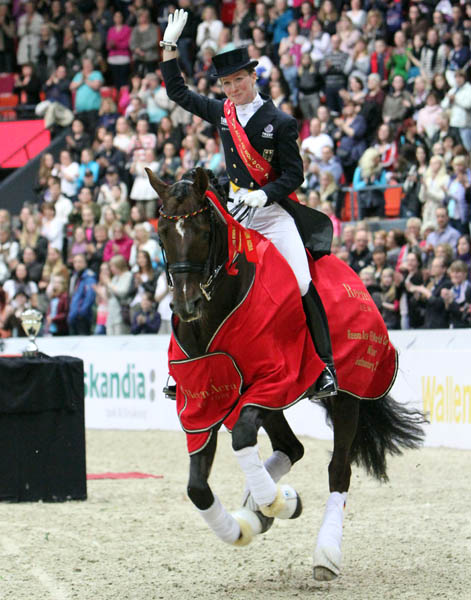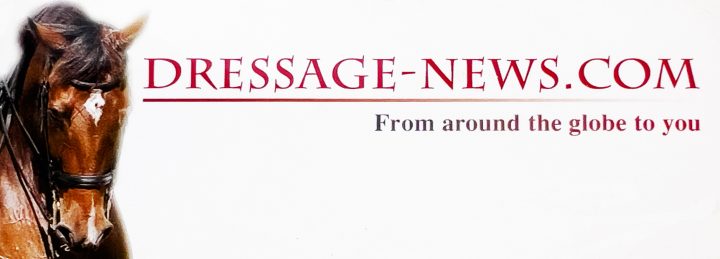FEI Test Event to Review Freestyle Judging to be Held at Warendorf Sept. 24
12 years ago StraightArrow Comments Off on FEI Test Event to Review Freestyle Judging to be Held at Warendorf Sept. 24

An International Equestrian Federation test event to review the judging of Freestyle competitions to try to increase consistency and accuracy will be staged at Grand Prix at the German Equestrian Federation at Warendorf Sept. 24.
The event, open to the public and media, will feature 20 Freestyle performances.
An internal debriefing session involving the FEI Dressage Committee, board members of the FEI stakeholder clubs, members of the FEI Freestyle working group Katrina Wüst and Peter Holler of Germany and Stephen Clarke of Great Britain as well as David Stickland, a Senior Research Physicist at Princeton University and FEI consultant on statistical analysis in dressage judging, will take place on the following day.
The FEI judges–Stephen Clarke, Wim Ernes of the Netherlands, Christoph Hess, Peter Holler, Henning Lehrmann, Ulrike Nivelle, Dr. Dieter Schüle and Katrina Wüst of Germany, Hans-Christian Matthiesen of Denmark and Christof Umbach of Luxembourg will officiate.
There will be four rounds of testing using different judging formats and different scoring procedures, such as marks to 0.1 decimal point instead of the current 0.5 or so-called half-marks. A fifth round of testing will be an analysis.
Thre will be no announcer and no scores/results announced though each movement of each ride will be assigned a score.
“The idea to hold a test event to help us improve Freestyle judging was presented at this year’s FEI Sports Forum and was welcomed by the participants,” FEI Dressage Committee Chairman Frank Kemperman said.
“The Freestyle is characterised by the most subjective judging elements of all FEI dressage tests and continuous efforts should be made to further increase its objectivity. This will be beneficial to riders, judges, spectators and the entire sport.
“Various new ideas will be explored during five rounds of testing and we are anticipating that the event will be an important step forward towards greater transparency in Freestyle judging.”
The FEI Dressage Committee will discuss the conclusions.
The aim of the event is to test:
-Judging the degree of difficulty according to a defined catalog of difficulties by asking riders to submit their Freestyle choreography (only diagrams, not video) to an appointed panel who will decide what their optimal mark
for difficulty can be when they achieved a perfect test. In case of mistakes or errors, the judges only have to deduct from the optimal mark given by the experts (if execution is marked with less than 6, it is a minus);
-Judging the interpretation of music according to detailed criteria (following FEI consultation of music experts;
-Judging the choreography according to detailed criteria (following FEI consultation of choreography experts;
-Judging in pairs of two so that one judge awards the technical marks and the other judge the artistic marks;
-Taking the marks for “rhythm, energy and elasticity” as well as “harmony between rider and horse” over to the technical side;
-Splitting “rhythm, energy and elasticity” into three marks for:
* Walk
* Trot
* Canter
and leave it on the artistic side OR take it over to technical side (2 tests);
-Splitting “music and interpretation of the music” into two marks for
* Suitability of the music to the horse
* Interpretationof the music;
-Using smaller decimal points in the artistic part for more precision (currently only 0.5 possible);
-Giving the Judges Supervisory Panel the opportunity to change marks in the Freestyle (procedural
feasibility has to be checked with IT providers);
-Merging “Choreography. Use of arena. Inventiveness” with “Music and interpretation of the music” so that there is only 1 mark for both, and
-Splitting some technical marks in order to have more of them (the more items, the more precise the final result).

